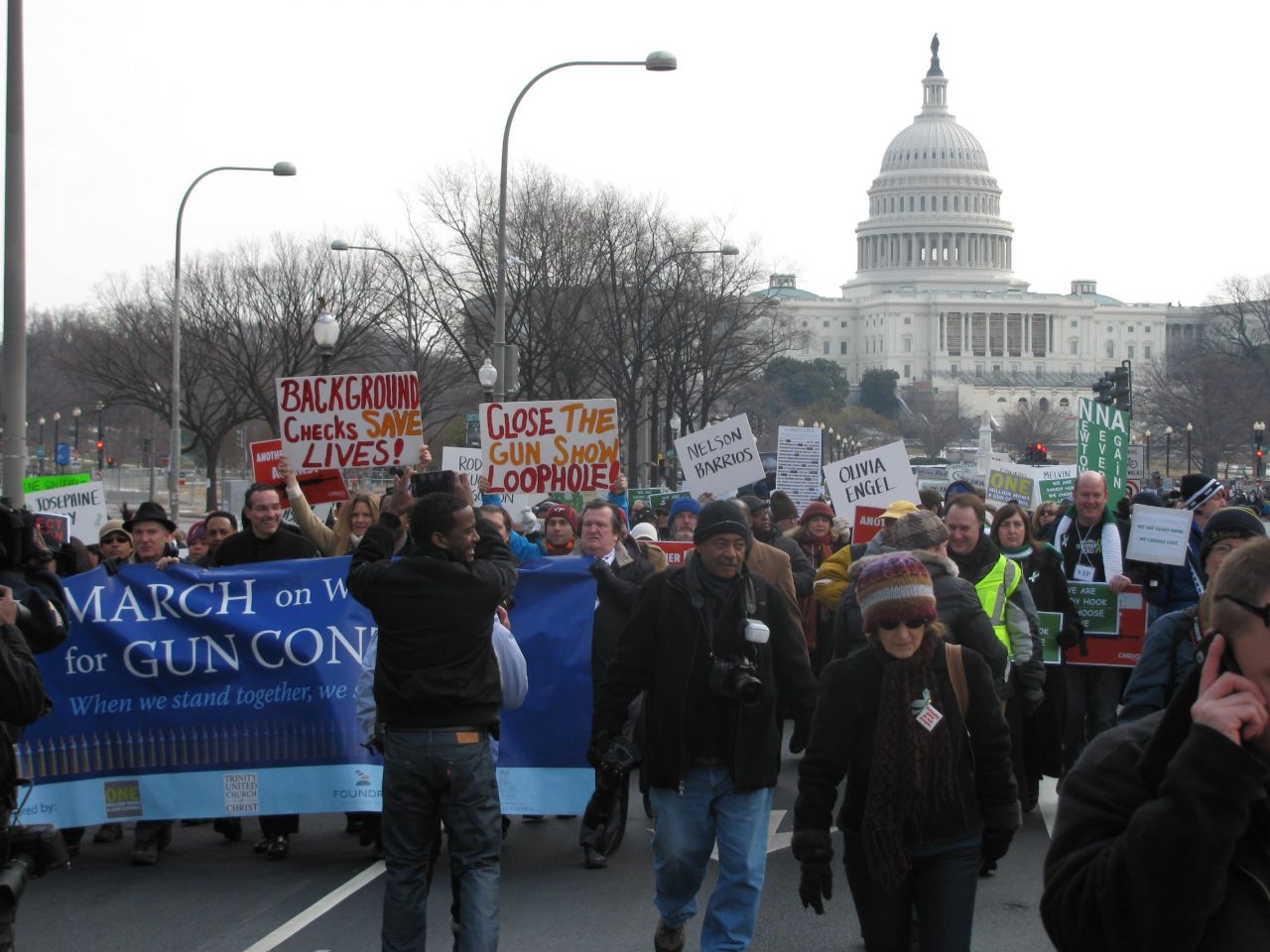
Four solutions to gun control that just might work
The equivalent of 27 people are killed every day by a gun in the United States. On 14 February 2018, a teenage gunman opened fire in Florida, killing 17 people.
It's brought the topic of gun control right back to the top of the agenda... Except it’s been on the top of the agenda so, many, times. So where are the solutions? Some say it’s about too many guns, others say too few rules, others say too few guns. Different countries have their own approaches, but how successful they are depends whether people get on board or not – and they don’t always choose to.
1. Just buy back all the guns.
In 1996, Australia experienced its worst mass murder in history. Twelve days later, the government cracked down on gun ownership through a massive buy-back initiative, literally buying back guns from everyone who owned them. It also adopted new licensing requirements and completely banned automatic and semiautomatic firearms.
By paying its citizens to give up their guns, the government incentivized gun owners to help eliminate the supply of guns. In the following years, gun-related homicides and suicides dropped by 59 percent 65 percent respectively.
While the reforms worked for Australia, the U.S. is very different. For one thing, it has the equivalent of about one gun per person (300+ million), which would make a gun buy-back pretty hard to pull off. An even bigger roadblock is the National Rifle Association (NRA), which is one of the most powerful lobbying groups in the country. The NRA advocates for a constitutional right to own a gun and its political presence prevents gun laws from being passed.
2. Charge the gun owners for the damage their guns cause.
A lot of economists make the argument that guns actually cost society a lot more than the number on the price tag. They carry what are called ‘external costs’ – from medical expenses, to mental health trauma recovery care, to damage to physical property, people pay for the damage caused by a gun who had no involvement in the purchase of the gun in the first place.
A common solution to problems like this is called a ‘uniform tax’. It works the same way the tax on cigarettes does: up the price on the good so that the individual paying for it also funds a bit of extra money to the government to pick up the bill for all the damage they cause.
Another idea is liability insurance, which would be added onto the price of the gun and would increase depending on the level of risk that gun owner is deemed to pose by owning it.
Both of these ideas are about reducing individual incentives to buy a gun by increasing the cost, and charging the owner for the damage done by their product. Of course, they’ve both got flaws, and neither has been tested. For one thing, a lot of guns in the US are traded illegally, so taxing them may be difficult. Secondly, assessing the potential risk of a gun owner is seriously tricky: you never really know what someone’s going to use a gun for until it’s too late.
3. Make 100% sure that the people getting guns are responsible enough to have one.
In Japan, the government makes it really, really hard to own a gun. Part of the application process includes an extensive background check by the police, examining the mental health and criminal records of the applicant. If you make it through to the end, the only guns legal for purchase are shotguns and hunting rifles.
The policy seems to be doing something right – there are close to zero gun deaths in Japan. In 2014, there were only six ( in comparison to 33,599 in the US that same year.)
It isn’t that the U.S. doesn’t require background checks to be conducted… because it does. The issue is how easy it is for individuals to get around the checks. At a gun show, private dealers don’t have to look into the criminal history or even record any kind of information about an individual they sell a gun to. The problem emphasizes the ease with which a gun can get into the hands of the wrong person.
4. Give more people more guns.
And then there’s the solution that doesn’t actually involve controlling guns at all.
The National Rifle Association’s position of power in the United States is incomparable to any similar organization that exists in other countries around the world. They’re big, big fans of the Second Amendment of the US Constitution, which says that every US citizen has the right to own a gun.
So how do they propose stopping the murders carried out by gun owners? Simple – arm more of the good guys. The NRA wants a security guard with a gun to be in every school in the United States. As the Executive Vice President of the NRA has said, “The only way to stop a bad guy with a gun is with a good guy with a gun.”
Whether any of these ideas would really work in the US totally depends on the support it has from the various groups of people involved in the gun industry – consumers, producers, taxpayers, and of course, the NRA.



